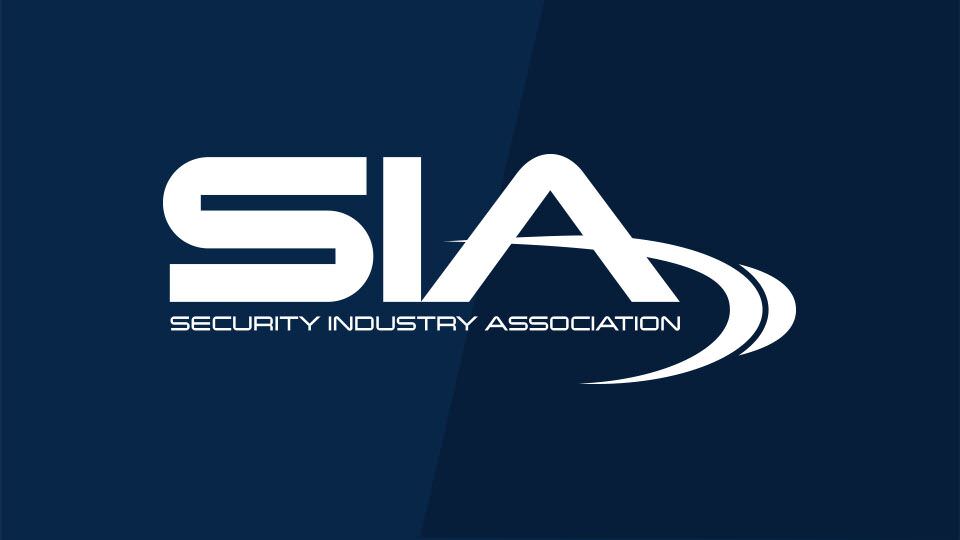Counterfeit Goods Could Be Threatening Your Brand; SIA Launching Committee to Help

SIA will be launching an anti-counterfeiting committee in the coming months, and as part of the preparation for that project, SIA CEO Don Erickson and I attended the UL Brand Protection Conference in Fort Lauderdale, Fla., on June 11-12.
The conference, while not focused on security products, provided a good overview of the counterfeiting/brand theft issue and ways that it can be addressed by both law enforcement and manufacturers.
One of the first presentations gave some idea of the scope of the problem with a fairly surprising – to me, at least – statistic. Michael Steinbach, special agent in charge of the FBI’s Miami field office, said that there are an estimated 1 million counterfeit parts in U.S. military aircraft. Since counterfeit goods are typically of much poorer quality than the real thing, this, he noted, is having an impact on the country’s military readiness.
Steinbach, like other law enforcement officers who spoke at the conference, stressed the value of public-private cooperation: “I can’t say enough how important it is for the private sector to partner with the FBI.”
An-Ping Hsieh, vice president and general counsel for Hubbell, an electronic goods manufacturer, discussed some of the effects of counterfeiting beyond lost sales: a brand reputation diminished by inferior goods that have a fake company label – “The bad guys can undermine an entire enterprise” – and possible legal problems for the real company resulting from knock-offs. He noted that Hubbell was sued over faulty counterfeit parts and, although the lawsuit was unsuccessful, the company had to spend several years and millions of dollars defending itself.
Lawyers on a panel discussing legal remedies to counterfeiting noted that, in addition to injunctions and other direct actions against offenders, companies and law enforcement can also work through third parties, such as by seizing a counterfeiter’s online domain name – some counterfeiters that are difficult to track down, they noted, are legally “served” by authorities posting on the domain that had been used to sell fake products – or cutting off their ability to use Visa, MasterCard and other payment providers. Criminal penalties for trademark infringement, meanwhile, can be as severe as life in prison, if the product is made with “reckless disregard” for a person’s safety and death results.
Representatives of U.S. Customs and Border Protection said that the agency seized $1.26 billion in counterfeit products in fiscal year 2012, 72 percent of which came from China. Manufacturers, they said, should register their trademarks with CBP so its agents can identify and seize goods coming into the United States that steal their brand. They also stressed that companies “need to respond to us quickly” when CBP contacts them about seizures of possibly counterfeit products. They and other federal and local law enforcement officers at the conference indicated that they are eager to catch counterfeiters, but they are limited in what they can – or are willing to – do if the companies whose brands are being stolen are non-responsive. (Given the number of times that this was mentioned, non-responsiveness by companies that are victimized seems to be a problem.)
Rob Holmes, founder and CEO of IPCyberCrime.com, delivered an entertaining presentation on the sale of fake goods online, noting that many counterfeiters are good at mimicking real sites and they often charge full price, so consumers may have no idea they are not buying authentic products. He also said that most counterfeit goods come from home-based businesses. He underlined that point by saying, “This is what the face of organized crime used to look like,” as a picture from The Sopranos appeared on the screen, then adding, “This is what the face of organized crime looks like now,” as the picture changed to one from Desperate Housewives.
During a panel discussion on partnerships, Eric Berger, president of Florida-based A Action Investigations & Security, said that counterfeiting is a $600 billion-a-year problem that costs 1 million jobs. Berger stressed the importance of manufacturers adding security features to their products to make it easier to differentiate real goods from fake ones.
On the same panel, Joe McBride from the Department of Homeland Security returned to the responsiveness issue, bluntly stating that, if a company doesn’t get back to law enforcement about a brand theft inquiry, “We probably won’t call again.”
SIA’s anti-counterfeiting committee will seek to inform security product manufacturers about the seriousness of the threat and provide guidance on detecting and deterring brand theft and partnering with law enforcement to ensure that guilty parties are caught and punished. If you are interested in participating, please contact me using the information below.
Ron Hawkins is SIA’s manager of member information and partnerships. He can be reached at rhawkins@securityindustry.org or (301) 804-4713.
